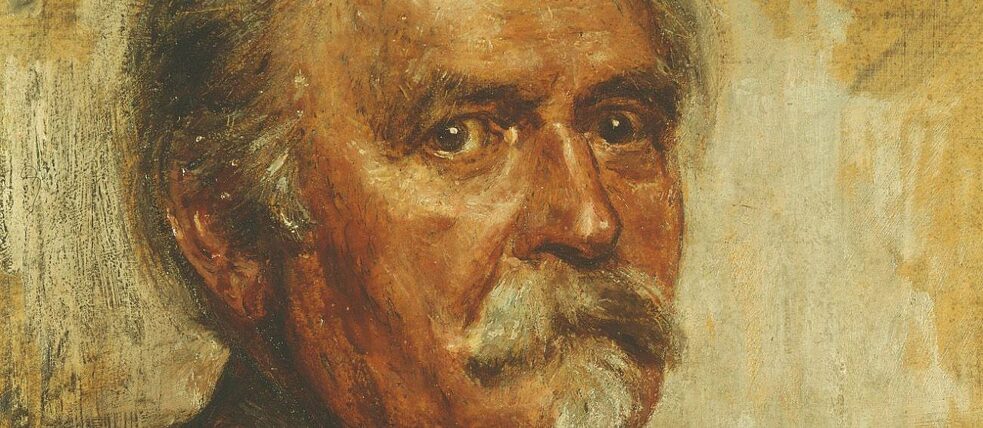Musical Hidden Gems
Felix Draeseke (1835-1913)

To start off this Hidden Gems blog series, let’s take a look at a member of the New German School who you most likely have never heard of, Felix Draeseke.
By Pari Ludin
Beethoven, Bach, Brahms. The names of these German composers are etched in all of our minds, whether you’re a serious fan and blast their concertos in your car as you drive down the street (if you do this, rock on!) or simply exist on planet Earth. Through their work, these composers have established themselves so immensely that even posthumously they still remain on everyone’s lips—and arguably will until the end of time—and for good reason. Their conception of music influences how we create, perform, and listen to music to this day.
But what about the composers whose great works have fallen into oblivion, perhaps unfairly? What about the ones who you may not have heard of, but are still a force to be reckoned with? Or, what about the pieces by well-known composers that don’t get enough attention from our ears, but should?
That’s where this blog series comes in. As we explore the lives and works of various German composers over the next few weeks, my goal is to open your eyes to the wide world of underrated musicians whose works you should be aware of. And with that, let’s begin with our first composer, Felix Draeseke.
Felix Draeseke, born in 1835 in Coburg, Germany, fell in love with music at a young age. He began studying at the Leipzig Conservatory at the age of 17 but moved to Weimar shortly afterward, becoming a representative of the Neudeutsche Schule (which translates to “New German School,” referring to a group of progressive musicians in the mid-19th century, coined by Franz Brendel who was the editor of Neue Zeitschrift für Musik. Shortly afterwards, he moved to Switzerland to make a living as a teacher. He eventually settled in Dresden where he remained until he passed in 1913.
A huge admirer of Wagner and Liszt, Draeseke’s oeuvre reflects this and covers a broad range of genres: ballad, opera, symphonic poetry, chamber music, and more. He was an ambitious musician and an incredible composer who was consistently experimenting with his works, whether by writing in parts for newly-developed instruments such as the violotta or simply by the way he composed them (if you want to know just how daring some of his works are, google his composition “Christus”). Aside from a few notable exceptions, most of his work has not received the amount of attention it deserves, both during his lifetime as well as in present day.
What better way to start off this series than to pull Draeseke’s beautiful piano sonata out of the void? With the introduction and funeral march in the first movement, followed by the charming Valse-Scherzo, and the lively, brilliant finale, Sonata quasi Fantasia is a masterpiece that is almost totally unknown. Legend has it that when Liszt heard this, he claimed this was the most important sonata to listen to after Beethoven’s.
Have a listen to his work, played here by German pianist Claudius Tanski.